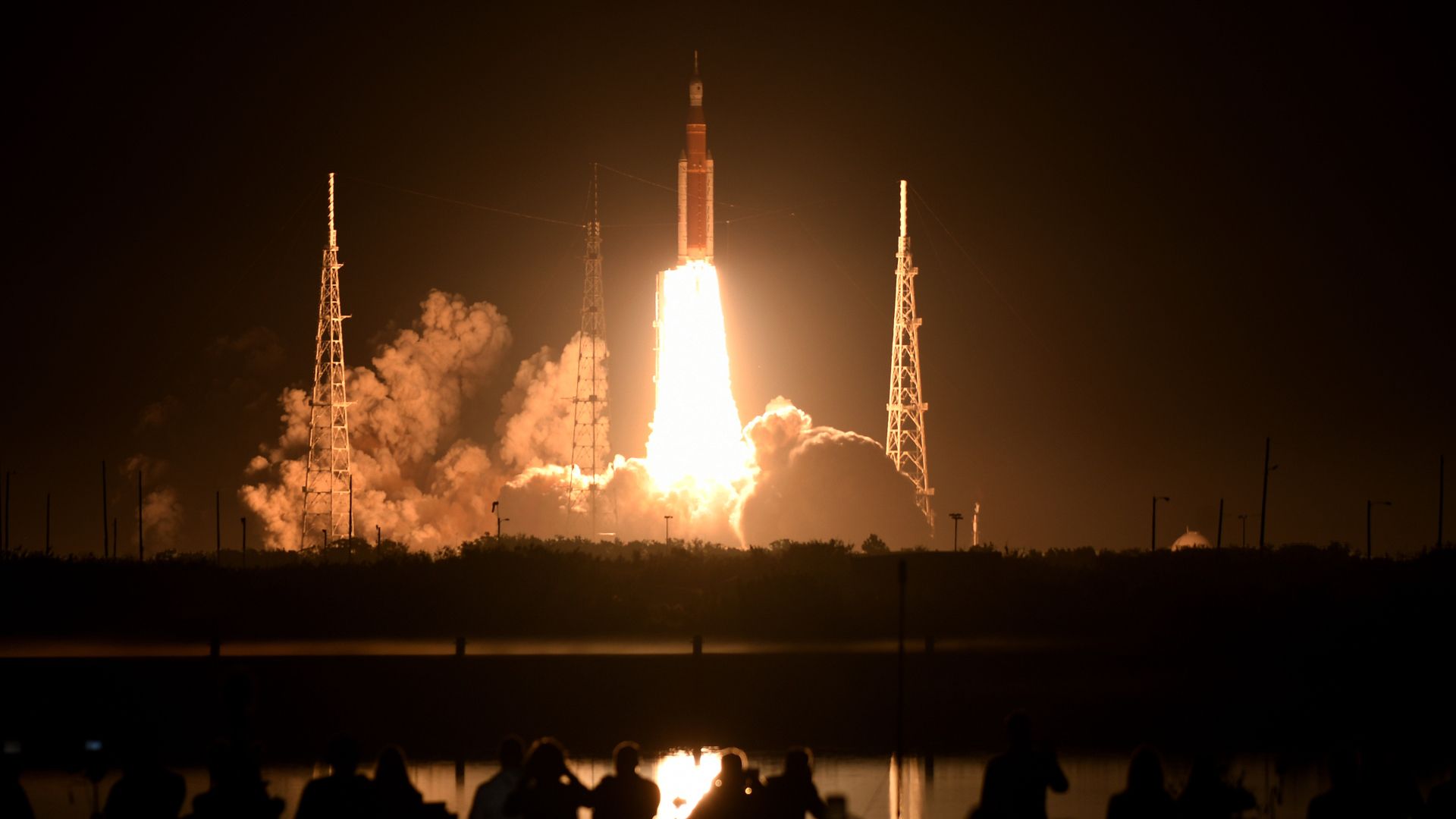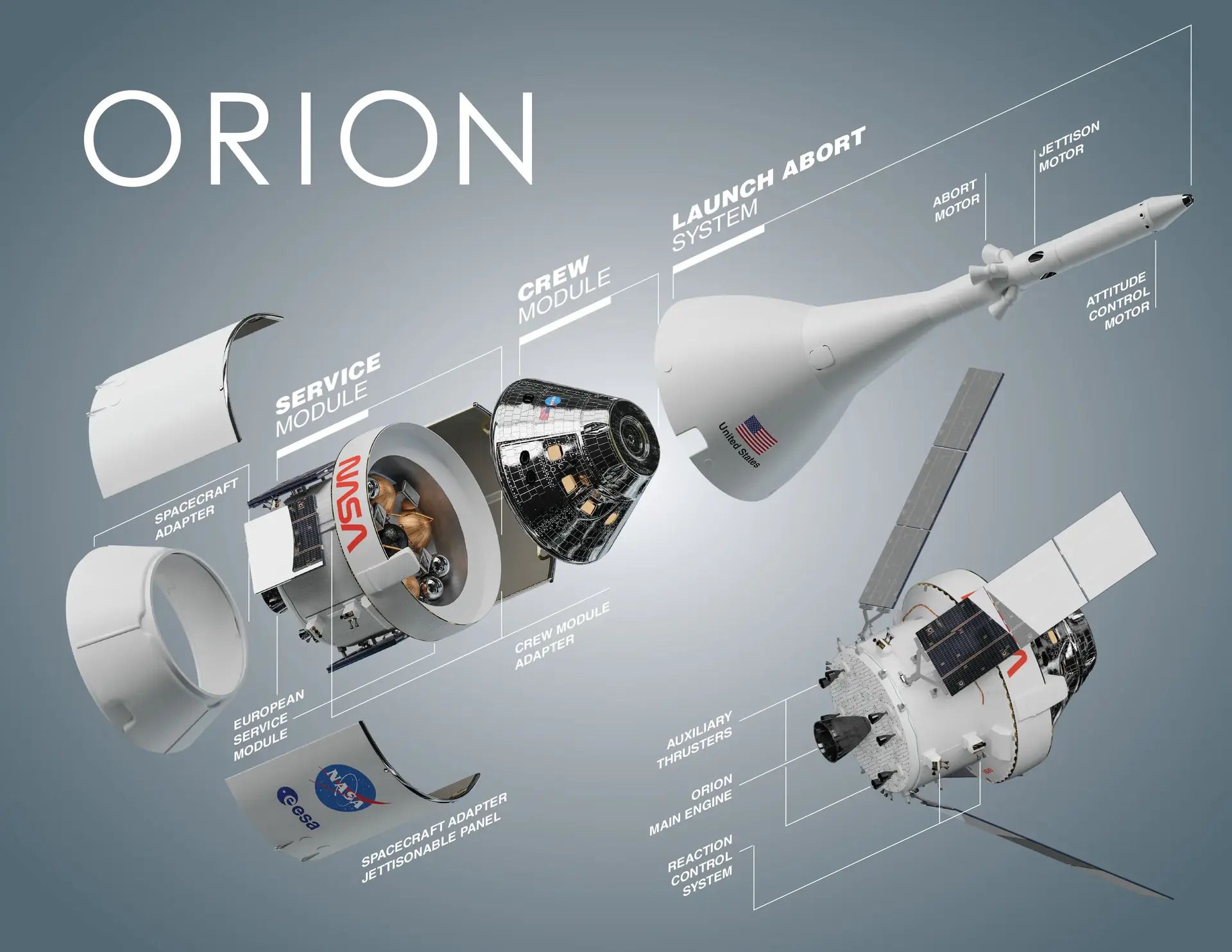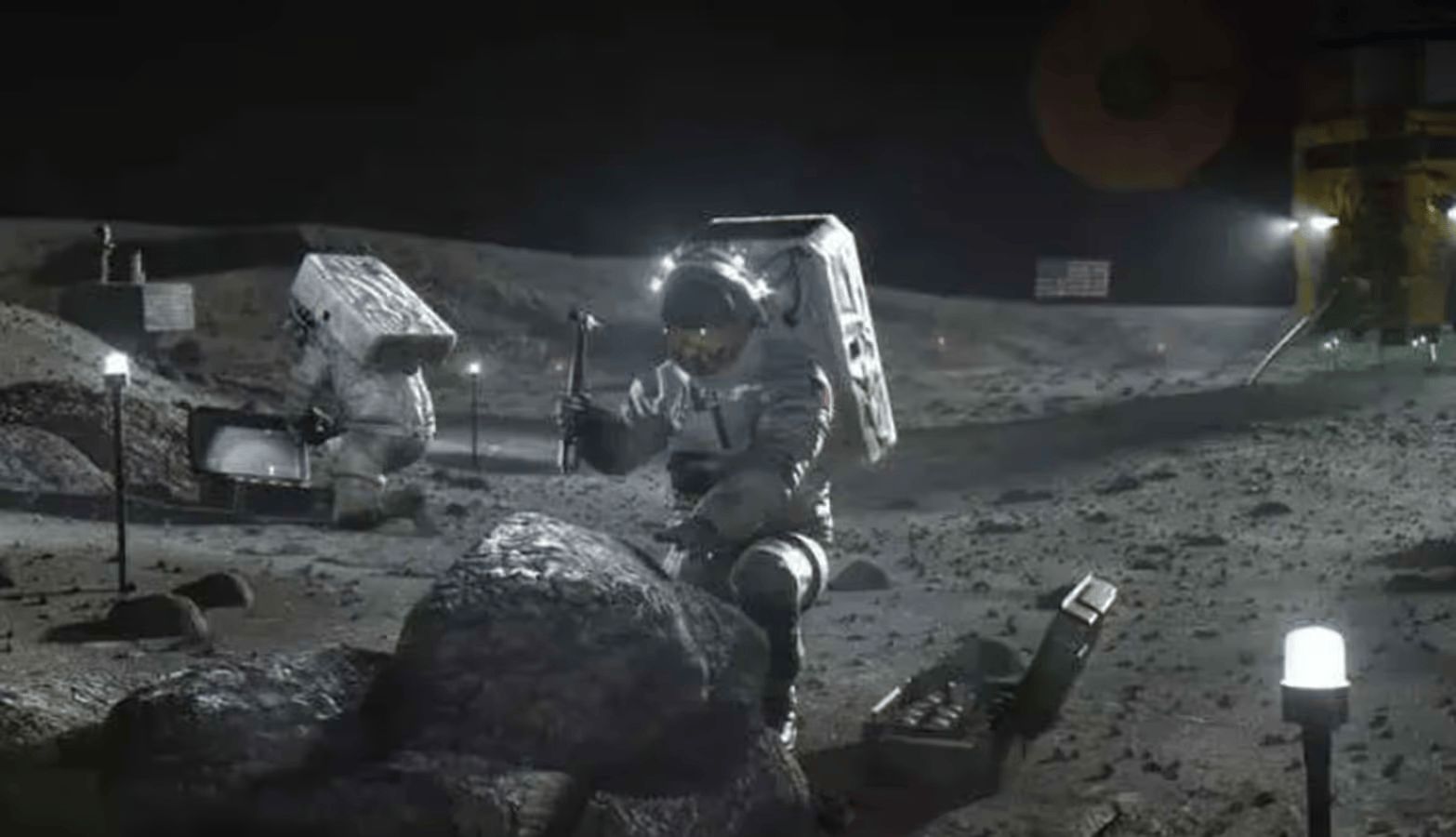Why We Didn’t Go Back to the Moon

An Original Photo
After Apollo 17 in 1972, humans never returned to the Moon, not because we lacked technology, but because priorities shifted and budgets shrank. NASA’s share of the federal budget collapsed from around 5% in the Apollo era to just 0.4% today, making future lunar missions economically and politically untenable.
Once the U.S. had achieved its “flag on the Moon,” the political urgency dissipated. Apollo missions were viewed as symbolic triumphs in the Cold War, and their continuation was seen as unnecessary. Consequently, future landings, even though planned for missions like Apollo 18 through 20, were canceled amid budget cuts.
Private robotic missions have continued, and interest never fully waned, but the obstacles weren’t technical; they were political. As Business Insider observes: “Political risks, fluctuating budgets, and changing priorities between different administrations” made it hard to prioritize a lunar return.
“Apollo succeeded, but what NASA really needed after that was a program that Republicans and Democrats would support. That didn’t exist.”
Why We’re Going Back

Artemis launch to the Moon
For decades, returning to the Moon was seen as unnecessary, until recently. What’s changed is both technology and motivation. Advances in reusable rockets from private companies like SpaceX and Blue Origin have slashed launch costs, making lunar missions more financially realistic. At the same time, competition is heating up again, this time with China aiming to establish a lunar base in the 2030s.
NASA’s Artemis program, backed by international partners such as the European Space Agency and Japan, represents a long-term vision. Unlike Apollo, which was about beating the Soviets, Artemis is about creating a sustainable presence: building lunar infrastructure, testing technologies for Mars, and securing access to valuable resources like water ice in the Moon’s south pole.
Water ice, in particular, is a game-changer. It can be converted into drinking water, breathable oxygen, and even rocket fuel. In short, the Moon could become a refueling station for deep space exploration.
“The Moon is not just a destination, it’s a proving ground. Everything we build and test there is a stepping stone for Mars and beyond.”
How We’ll Get There

Orion Illustration
This time, going to the Moon isn’t about a single spacecraft, it’s about an entire ecosystem of technology working together. At the center of NASA’s Artemis program is the Space Launch System (SLS), the most powerful rocket ever built, capable of sending astronauts and heavy cargo beyond Earth’s orbit. Once in space, the Orion spacecraft will carry astronauts on their journey to lunar orbit.
From there, a new space station called the Gateway will act as a hub. Astronauts will dock at Gateway before transferring to SpaceX’s Starship Human Landing System (HLS), which will ferry them down to the Moon’s surface. This public-private partnership is critical, NASA provides the vision and oversight, while companies like SpaceX, Blue Origin, and others build the actual hardware.
Unlike Apollo, Artemis emphasizes sustainability. The goal is not just to plant a flag but to build a reusable framework where crews can live, work, and return regularly. Robotics, AI, and autonomous systems will also play a huge role in building infrastructure before humans even arrive.
“With Artemis, we’re building a transportation system that doesn’t just take us to the Moon once, it takes us back again and again.”
When It Will Happe

The Artemis program is already underway. In late 2022, Artemis I completed a 25-day uncrewed mission around the Moon, successfully testing both the SLS rocket and Orion spacecraft. This was the critical first step toward putting astronauts back on the lunar surface.
The next milestone, Artemis II, is currently planned for April 2025. This mission will send astronauts around the Moon without landing, serving as a dress rehearsal for the first crewed lunar return. Following that, Artemis III, targeted for mid 2027, is set to land astronauts on the Moon’s south pole for the first time in history.
This timeline, however, is subject to delays. Funding, safety reviews, and the complexity of developing brand-new spacecraft all play a role. Still, momentum is strong, and international partners like ESA (Europe) and JAXA (Japan) are actively contributing technology and astronauts to keep the program moving forward.
“The timeline is ambitious, but the world is watching. Returning to the Moon is not just about science—it’s about showing what’s possible when nations and companies work together.”
The Moon is no longer just a memory from the Apollo era, it’s our next frontier. After 50 years of waiting, the Artemis program is reigniting lunar exploration with new technology, global partnerships, and a vision that goes beyond flags and footprints. The missions ahead will not only take us back to the surface but set the stage for something even greater: using the Moon as a stepping stone to Mars and deeper into the cosmos.
The Gold standard for AI news
AI keeps coming up at work, but you still don't get it?
That's exactly why 1M+ professionals working at Google, Meta, and OpenAI read Superhuman AI daily.
Here's what you get:
Daily AI news that matters for your career - Filtered from 1000s of sources so you know what affects your industry.
Step-by-step tutorials you can use immediately - Real prompts and workflows that solve actual business problems.
New AI tools tested and reviewed - We try everything to deliver tools that drive real results.
All in just 3 minutes a day
If you’re intrigued and don’t want to miss the full post this Sunday, don’t forget to subscribe if you still haven’t.
What you’ll get by subscribing:
A convenient organization of news within a curated PDF of websites
Innovative ideas in your mailbox every Sunday
Newsletter recommendations aligned with your interests
Most important of all: the pride to be part of the community
What topic would you like to see in your inbox in the upcoming weeks?
In the meantime, sit back, relax, and start reading all our previous articles tailored just for you.


